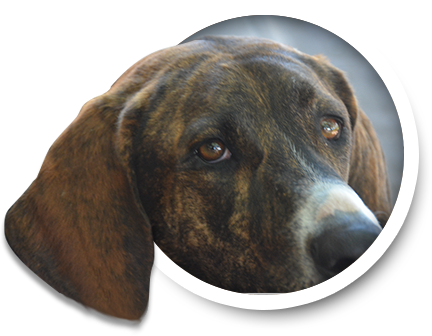
Duke here, and as a hound, when I get on track of a scent, I stay on task and only that task so I don't get distracted. I have a very high success rate by staying focused on one thing......that squirrel. When asked, most people think they are good at multitasking. Scientific studies, however, reveal that only around 2% of the population can truly demonstrate the capacity to effectively multi-task. For the rest of us who are not so biologically wired, no amount of practice can increase our effectiveness at multi-tasking. It turns out that multitasking is almost a superpower. Think of fighter pilots: capable of maintaining their orientation in three-dimensional space and performing specific and highly complicated functions while accessing life-threatening situations and coming up with an appropriate response. Admit it – you can’t do that.
Yet, when it comes to driving, we seem to think we are very capable of safely operating a motor vehicle with myriad distractions. 77% of young adults feel somewhat confident that they can safely text and drive, while 55% claim it’s easy to text and drive. Can they possibly be right? Let’s look at some statistics.
Nearly 23% of all accidents in the United States involve cell phones. Every day, 11 people are killed and over 900 are injured in texting-related accidents. In fact, texting while driving is six times more likely to cause an accident than driving intoxicated. Just think back at your own experiences: how many of your “near misses” as a pedestrian or in a vehicle have involved a driver with a cell phone in their hand?
There are three types of driving distractions:
- Visual (eyes off the road)
- Manual (reaching for something or manipulating an object)
- Cognitive (mind off the task of driving)
Of course, texting or using a cell phone involves all three. Eating, applying make-up, arguing and working on-board features like the stereo and navigation system are all very real distractions. You may be interested to know that hands-free cell calls are not substantially safer than using a handheld phone. Any time you glance away from the road (like looking at a text or incoming phone call), your eyes are off task for at least 5 seconds. At 55 miles per hour/90 kph, you will cover the length of a football field in that time. Would you ever consent to strapping on a blindfold and driving off down the road for that distance?
So what do you do? First, accept the fact that you are not part of the 2% of all the people on the planet who can truly multi-task (if you are one of the lucky ones, you would know by now because your performance does not degrade no matter how many additional tasks are added). Next, don’t EVER drive distracted. Incoming text: it will wait for later. Juicy hamburger: eat it in the parking lot. No exceptions, ever. And don’t accept anything less from drivers of vehicles in which you are a passenger.
Another way to avoid distractions is to keep up with scheduled maintenance and necessary repairs so that your vehicle itself doesn’t become a distraction. We can help you with that. Give us a call today.
Today, I leave you with this thought,
"The shorter way to do many things is to only do one thing at a time.” – Mozart
Duke

Allied Auto Works
2073 Grant Road
Los Altos, CA 94024
6509687227
http://alliedautoworks.com